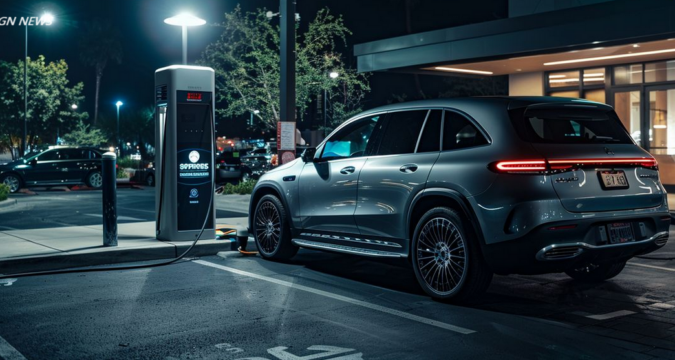
100 Starbucks locations nationwide will get 400kW EV chargers installed by Mercedes as part of an agreement.
Coffee shops along Interstate 5, a west coast roadway that connects the United States to Canada and Mexico, will host the chargers in the initial phase of the project. In the future, partnerships may locate Starbucks stations in “core urban areas,” additional corridors outside of the I-5, and locations with little or no chargers.
This is seen as enhancing the environmental initiatives of both companies. By 2030, Starbucks aims to reduce its carbon footprints by 50%. Mercedes expects that by using only sustainable energy at the stations, it will be able to achieve its aim of being completely carbon neutral by 2039.
The immediate advantages for both businesses are evident. Customers who wish to charge their electric vehicles may be drawn to Starbucks, especially if they don’t want to wait as long as they would at other places. Mercedes not only makes purchasing an EV more feasible, but it also grows the network of charging stations, which at the moment spans seven southern states with just 12 stations.
The rate of recharge is unusual. Even the V4 models aren’t certain to exceed 350kW, with Tesla’s superchargers often peaking at 250kW. When an automobile is equipped with the high-voltage design required for it, 400 kW can recharge it in a time closer to that of gas. For example, the EVBox charger is said to be able to charge 62 miles in three minutes.
In the next 12 to 18 months, Mercedes wants to cover nearly half of the states with its network of EV chargers. Mercedes intends to adopt the NACS port standard, which eases the pressure on it to catch up to its competitor, even though it is unlikely to ever equal the size of Tesla’s network. When more recent vehicles are equipped with NACS, the Tesla and Mercedes networks will work in tandem.